Josh Alexander Emily Henderson
News Staff Writer Copy Editor
[email protected] [email protected]

“Just for today, I will be unafraid, especially I will not be afraid to be happy, to enjoy what is beautiful to love — to believe those I love, love me.” – Virginia Marie Olson
A beautiful young woman, spirited and full of kindness, described as happy, loved, intelligent and talented by her peers–Virginia Marie Olson, also affectionately known as Ginger, studied dramatics at the University of North Carolina Asheville in 1973. She was 19 years old and envisioned a beautiful future for herself, until it was taken away.
The Asheville-Biltmore Botanical Gardens, a comfortable place familiar to students darkened one sunny afternoon. Thomas Guthrie and Larry O’Kelly, two high school students on a cookout, stumbled across a naked body in the woods near where the chancellor’s house now stands.
Her body was hog-tied with her own clothing; her naked breasts revealed a stab wound to her heart. Her tennis shoes were thrown around and the laces were removed. She was identified from her personal journal, which had her name scribbled across the front, as well as her wire-rimmed glasses sitting delicately on top.
Tests later revealed the pocket knife thrust through her heart killed her almost instantly, along with a slice across her neck.
The detectives at the time believed she was killed first and then brutally raped by the unknown assailant.
Ginger had a life ahead of her. It was stolen away in an instant, for no detectable reason. Since her life suddenly ended more than 43 years ago, the investigation hasn’t led to the identity of her killer. He has escaped justice for so long and no one has been any wiser to his true nature. Hopefully, he has been killed himself or incarcerated.
A psychologist at the time profiled a psychopathic killer, with no ties to her other than a desire to kill and rape her naked corpse. Rumors then and now suggest a rich kid was let off due to his family’s influence. Others says it was an escaped patient from a nearby mental institution. There is no way to truly know after all these years. Still, the rumors persist.
The most heartbreaking aspect of the case is the constant overshadowing of her murder. At the time, Watergate had broken open as a story and Nixon was on the ropes in the press as well as the public eye. Otherwise, her murder would have made front page news. She would have been top priority. Her death would have mattered more, but circumstances dictated otherwise.
Today, however, she is nothing but a ghost story — a remnant of an older time and a frightening tale for incoming freshmen. She isn’t even named. She is just a girl who got killed.
Her poetry, found in the back of a yearbook dedicated to her, showcases a girl with much to live for. She was quiet, intelligent and studious. She had a boyfriend with whom she had been with for three years. They’d known each other since elementary school. They discussed marriage.
He went on to become a biologist with a Ph.D., teaching at Cornell. She went on to become a forgotten myth, a ghost story and a small garden tucked into the back of the campus.
Her case lives on in the files of Asheville Police Department’s Cold Case Unit, but since 43 years have passed since her murder, the trail has gone dead. She stays in the hearts of the detectives, according to interviews, but family members and friends have long since moved on or died. No one has incentive in pressing her case. No one has a vested interest in fighting for her. Most don’t even remember her name.
Her death was a turning point.
In the age of hippies, such a violent crime of this unusual nature rattled the campus, shaking it to its core. An age of fear and increased security followed. Campus security immediately doubled and policies changed to enforce safety in numbers.
The campus felt a little less safe and boyfriends everywhere didn’t let their girlfriends go out alone at night — there was a killer out there who may have never faced reckoning for his actions.
Three years prior to Ginger’s murder, another young woman was found dead, many miles away. State investigators at the time pursued the idea that maybe the same killer struck again in Asheville on that Sunday afternoon.
Nancy Morgan, a young AmeriCorps VISTA worker making inroads in the rural mountain communities, was found hogtied, naked and dead inside a government car on a logging road in Madison County, North Carolina. The year was 1970 and the killer was never caught.
The trail never provided leads.
Another interesting turn in the case was the anonymous report to The Asheville Citizen-Times from a man who had traveled to Asheville for work. The man claimed to have seen Ginger climb into a car with two men on the day of her death. He then claimed the car returned to drop her off, on the very hill where she would be found dead two hours later. The police never followed the lead and the witness sunk back into the ether.
The spirit of Virginia lives within the campus’ history, but with time, it has been forgotten.
It’s a travesty that it took 40 years to honor her memory, when in 2013 three memorial plaques were finally placed on benches in “Ginger’s Garden”. The memorial is located behind Whitesides Hall, down the hill from Owen Hall. Three benches and a rock adorned with “Ginger’s Rock” mark an area to study or simply sit and remember a long-forgotten member of our community.



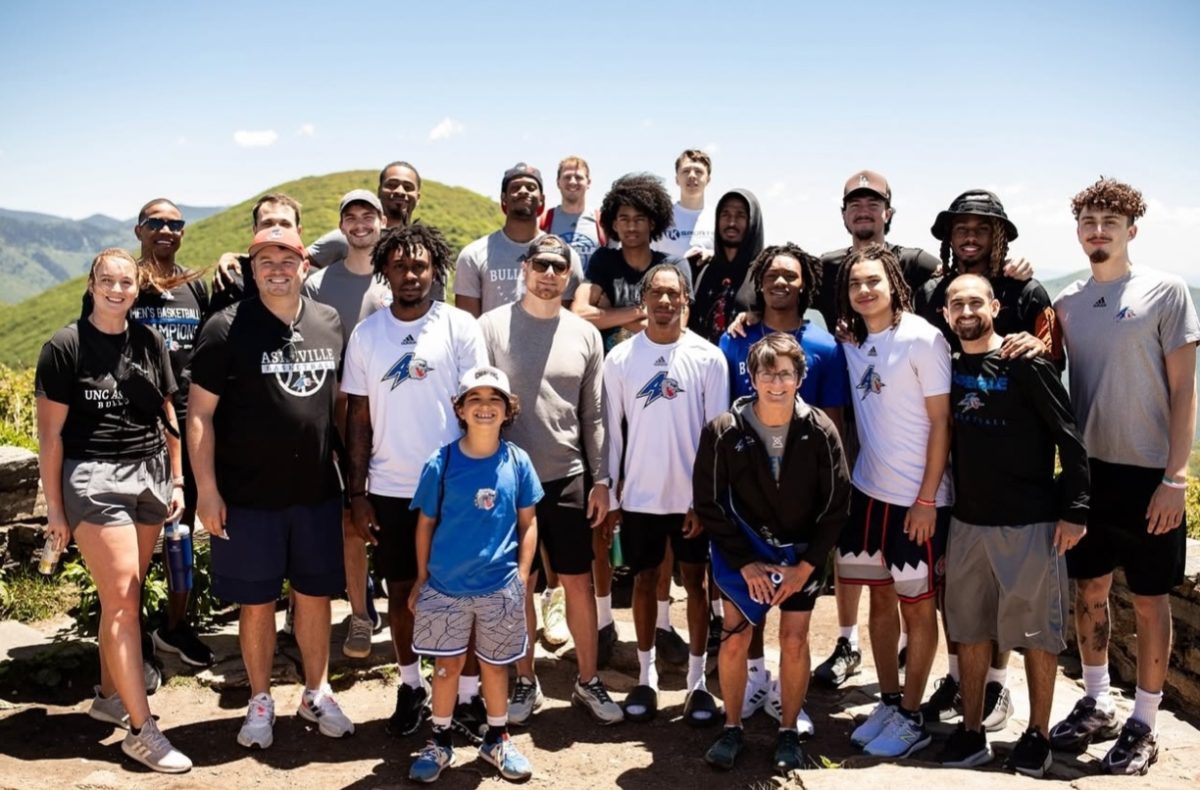
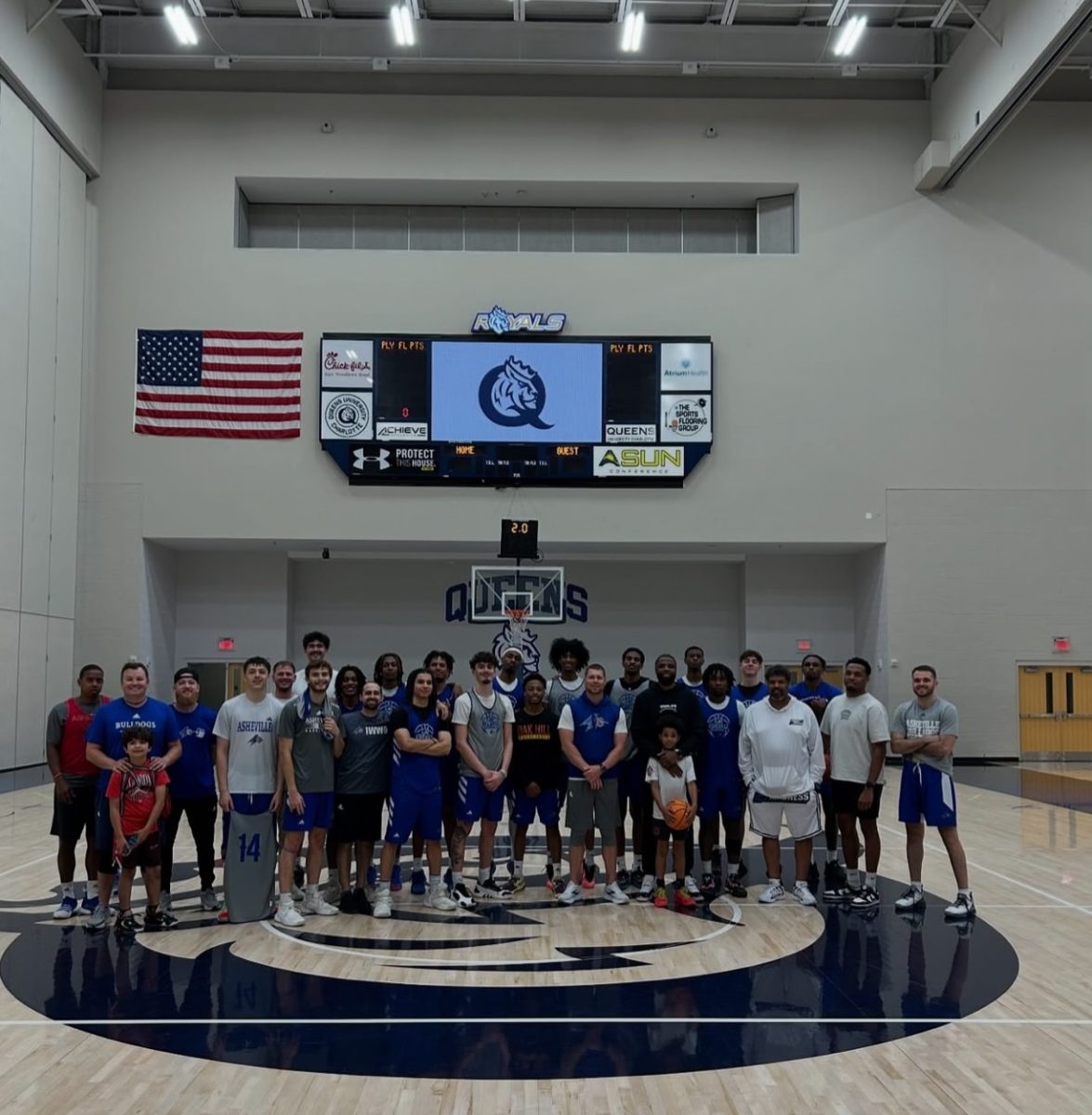
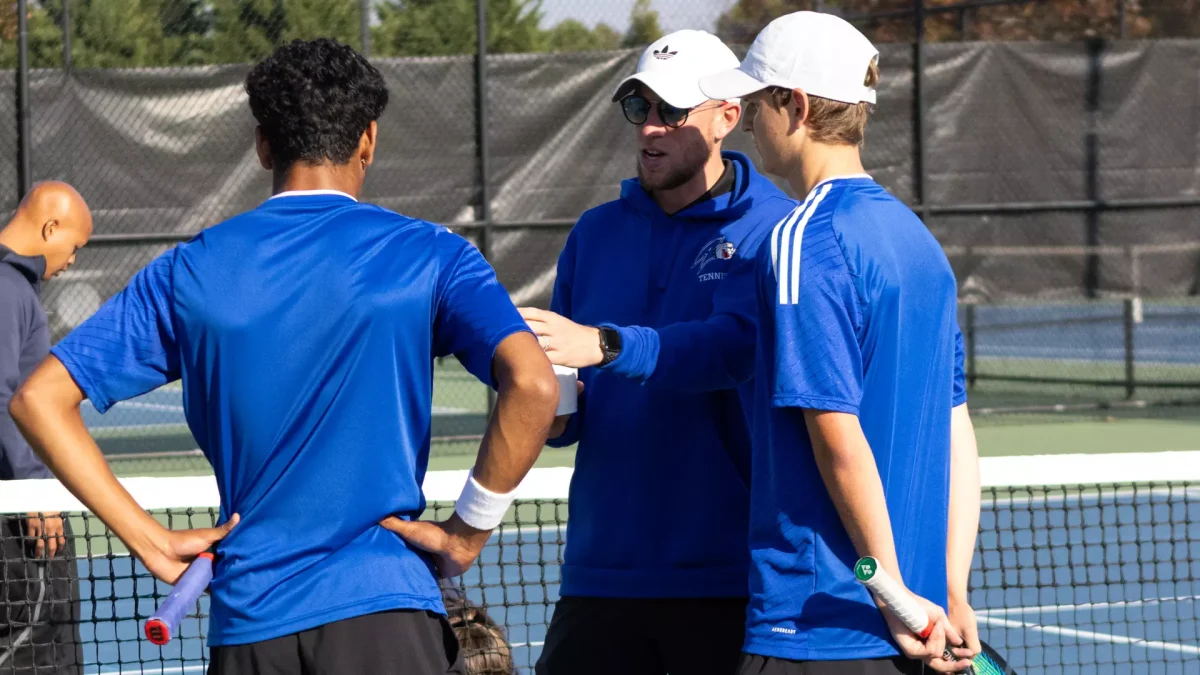
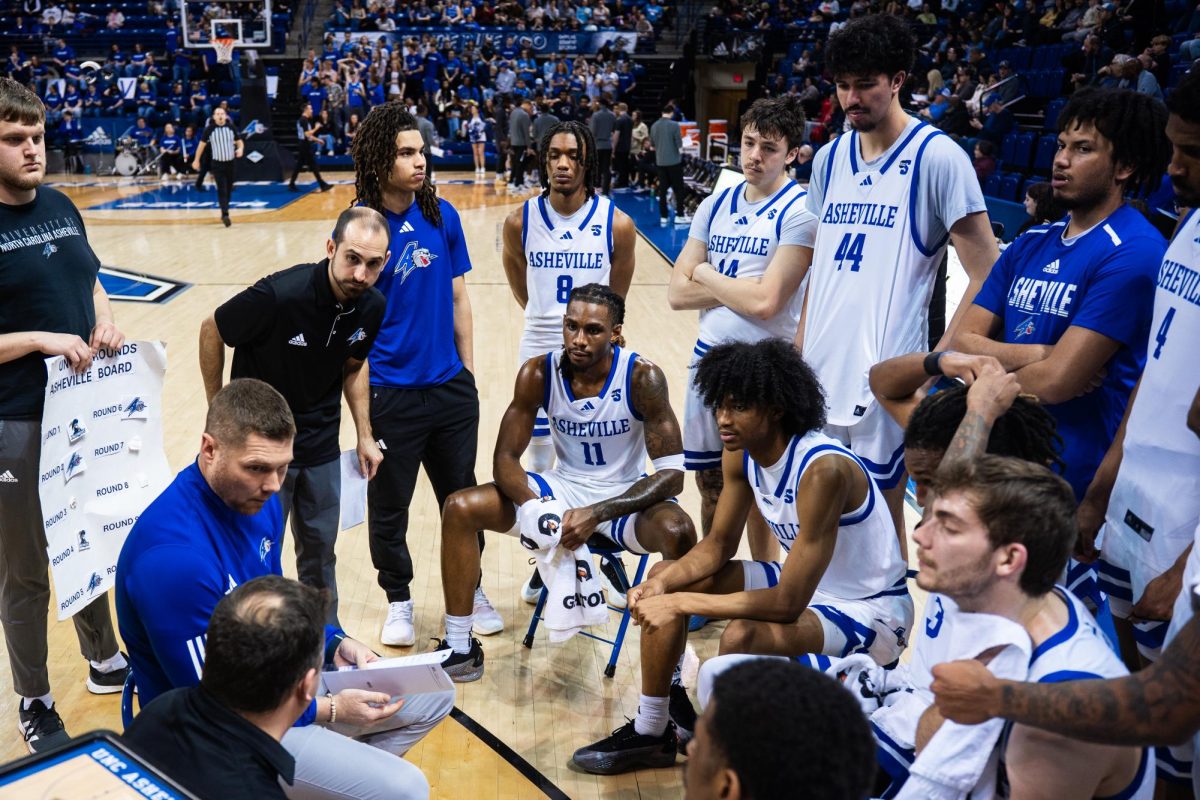






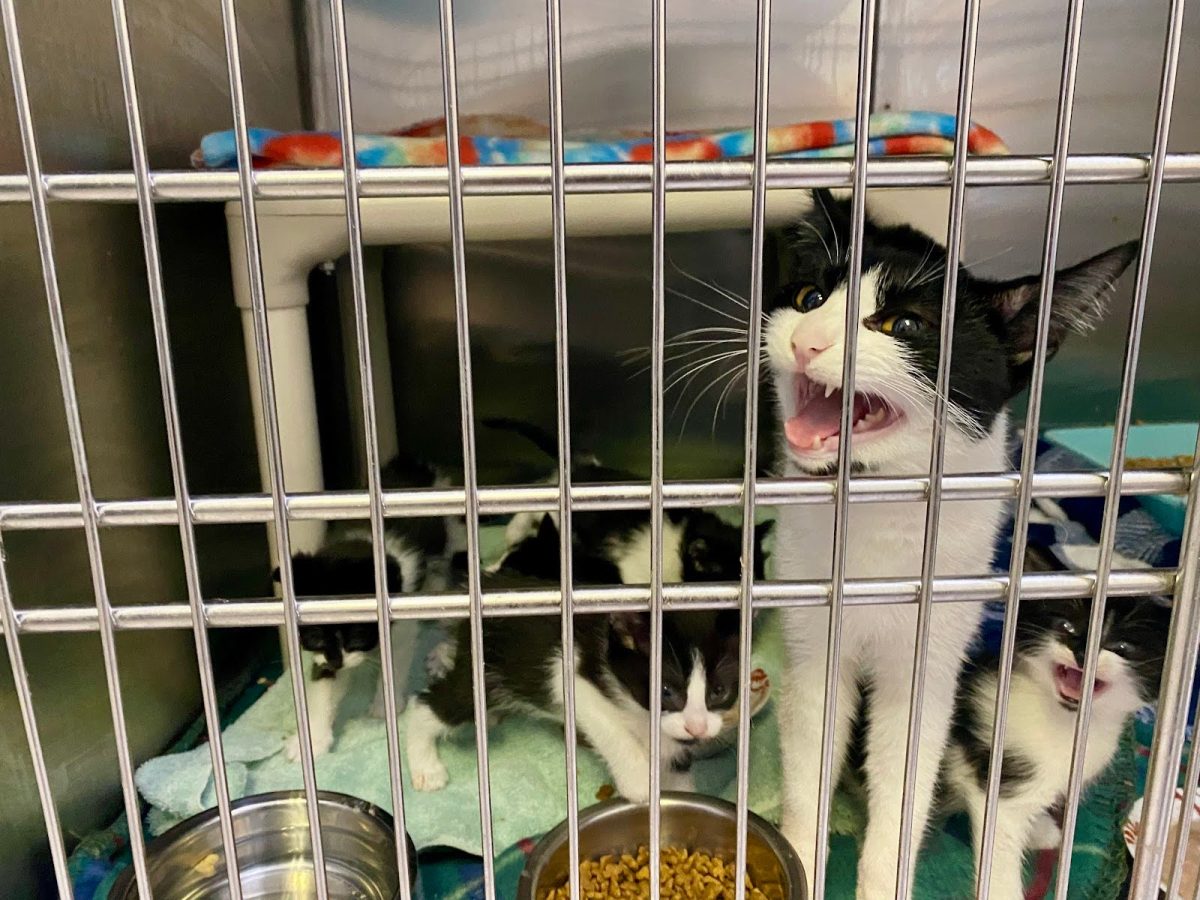
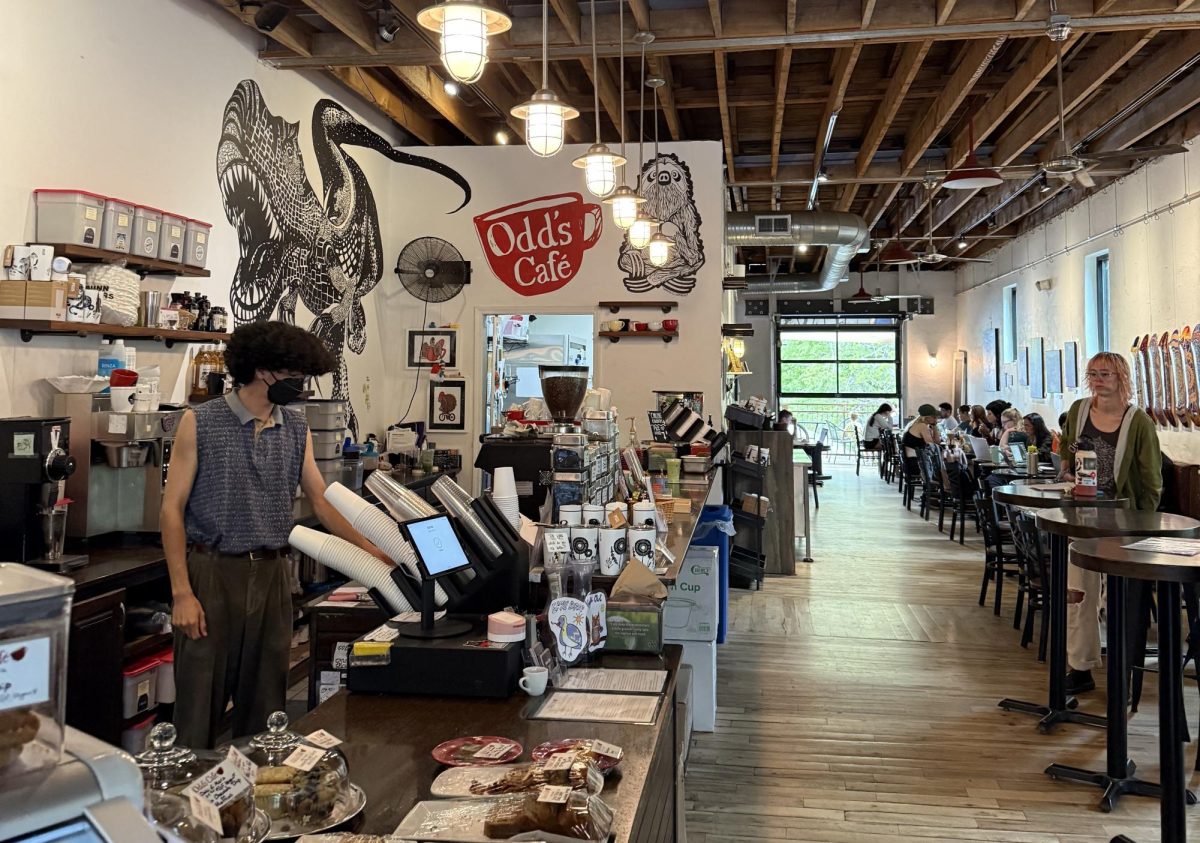



Jeff Doyle • Jul 18, 2019 at 4:11 pm
Every now and then, when I am in a particular mood, I do a search on Ginger’s name. I am the boyfriend mentioned in the article, and Ginger will always live in my heart. She shaped my life in her own loving image. I’ve been married to a wonderful woman for over 39 years now, and I know that it is Ginger’s love that has given me the ability to accept the love so abundantly given me, and to love in return. It is a miracle, and a tribute to Ginger’s joyful and loving spirit that never, even on that horrible day when her father called me with the news, have I been angry and bitter–sad, of course, but not bitter–nor have I wanted vengeance. Only healing, and love, because that is what she would have wanted. One of the saddest parts of Ginger’s murder is that, had this damaged person only asked, she would gladly have listened to him, prayed for him, and perhaps started him on the path to healing. I pray that he found that grace somehow, and, of course, that he never hurt anyone else. Ginger lives, because the final enemy to be vanquished is Death. I am confident that, if I can only manage to be the person she helped me to begin to be, I will see her again in a better place.
Harold J Wilson Jr • May 29, 2018 at 3:31 pm
Ginger was my mothers 2nd cousin and my 3rd. I met her once when her family came to visit us in Virginia. I hope the investigation continues. Has any one at the University checked with all these TV shows that go after criminals.
Beverly Snowden • May 4, 2018 at 5:26 pm
I was friends with Ginger in high school. She played the piano in “Job’s Daughters” and was a sweet and talented young lady. I am almost 66 years old and have never forgotten Ginger. A beautiful person with a heart of gold.
mary olson • Aug 11, 2017 at 3:58 am
So glad to have found this wonderful tribute to my cousin, Ginger Olson. However, she has not, and never will be forgotten and the case will never be “cold”. The garden at the college campus is beautiful and our family helped to plant flowers there in her honor. Blessings to you!
Kyle Ross • Jul 29, 2017 at 7:35 pm
Mark Pinsky wrote Met Her on the Mountain. Its a book about the Nancy Morgan Murder. Interview Mark to find out more details. There was a trail.
Kyle Ross • Jul 29, 2017 at 7:30 pm
Yes there were many leads to the Nancy Morgan case. A man wrote a book called Met her on the Mountain. Its all about Nancy’s murder. One person has confessed to that murder.
Alaina Blalock • May 14, 2017 at 2:04 pm
Hey this is somewhat of off topic but I was wanting to know if blogs use WYSIWYG editors or if you have to manually code with HTML. I’m starting a blog soon but have no coding knowledge so I wanted to get guidance from someone with experience. Any help would be enormously appreciated!|
Renita Halsema • May 13, 2017 at 7:29 pm
Hello there I am so delighted I found your site, I really found you by mistake, while I was browsing on Askjeeve for something else, Anyhow I am here now and would just like to say kudos for a fantastic post and a all round enjoyable blog (I also love the theme/design), I don’t have time to read through it all at the minute but I have saved it and also added your RSS feeds, so when I have time I will be back to read more, Please do keep up the great work.|